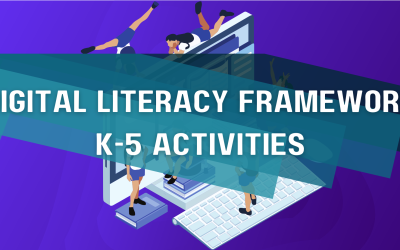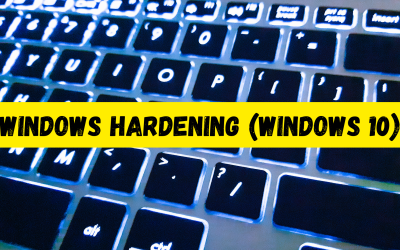Overview
This humanities-focused activity guides students to explore the concept of cyberattacks, including defining key terms, identifying targets and motivations, and analyzing a historical case study. By examining the tale of the Blanc brothers who hacked France’s telegraph network in 1834 for insider trading, students gain perspective on timeless security principles. The story reveals how technology blindspots, social engineering, and human fallibility enabled the first documented “hack.” Discussing modern cyberthreats ranging from hacking to disinformation campaigns, students see continuity across eras in the cat-and-mouse dynamics between attack and defense. This activity connects to careers ranging from cybersecurity analysts securing systems to policy experts considering regulatory responses as technology continues outpacing law. Ultimately students realize that digital citizenship involves understanding not just devices but the broader human systems in which they operate.
NB Curricular Connections
Technology (6-8)
- Strand: Information Technology Skills, Big Idea: Digital Citizenship.
Personal Wellness (6-8)
- Strand: Wellness, Big Idea: Personal Safety
What you’ll need
- Download the associated files (transcript PDF and PowerPoint).
- Share ore listen to the Podcast Episode
- Read or listen to the story about the Blanc brothers hacking the French optical telegraph network in 1834. A transcript and audio link are provided.
- Define what constitutes a “cyberattack.” Students can discuss and agree on a definition as a class.
- Brainstorm potential targets of cyberattacks (governments, businesses, infrastructure etc.) and motivations behind attacks.
- Analyze how the Blanc brothers’ hack of the telegraph network qualifies as one of the first documented cyberattacks.
- Draw parallels between the tactics in this 19th century attack and recent hacking incidents or disinformation campaigns. Consider themes like social engineering and human error.
- Research and present findings on another major historical or recent cyberattack. Potential formats include slide decks, essays, videos or posters.
- Speculate on potential cyber threats that may emerge in the future as technology continues to evolve.
- Reflect on takeaways related to securing systems against bad actors when human judgment can be unreliable across eras. Discuss responsibilities in digital citizenship.
- Consider relevant career paths related to cybersecurity, technology policy, computer science, and risk analysis.
Instructions
- Download the activity PowerPoint.
- Review the PowerPoint with students, engaging in class discussions.
- Listen as a class, or on their own, to the Podcast episode.
- Follow-up activities are included in PowerPoint.
Reflection Activity
Please see the attached PDF for several choices on how you and your learners can reflect upon today’s activity.






